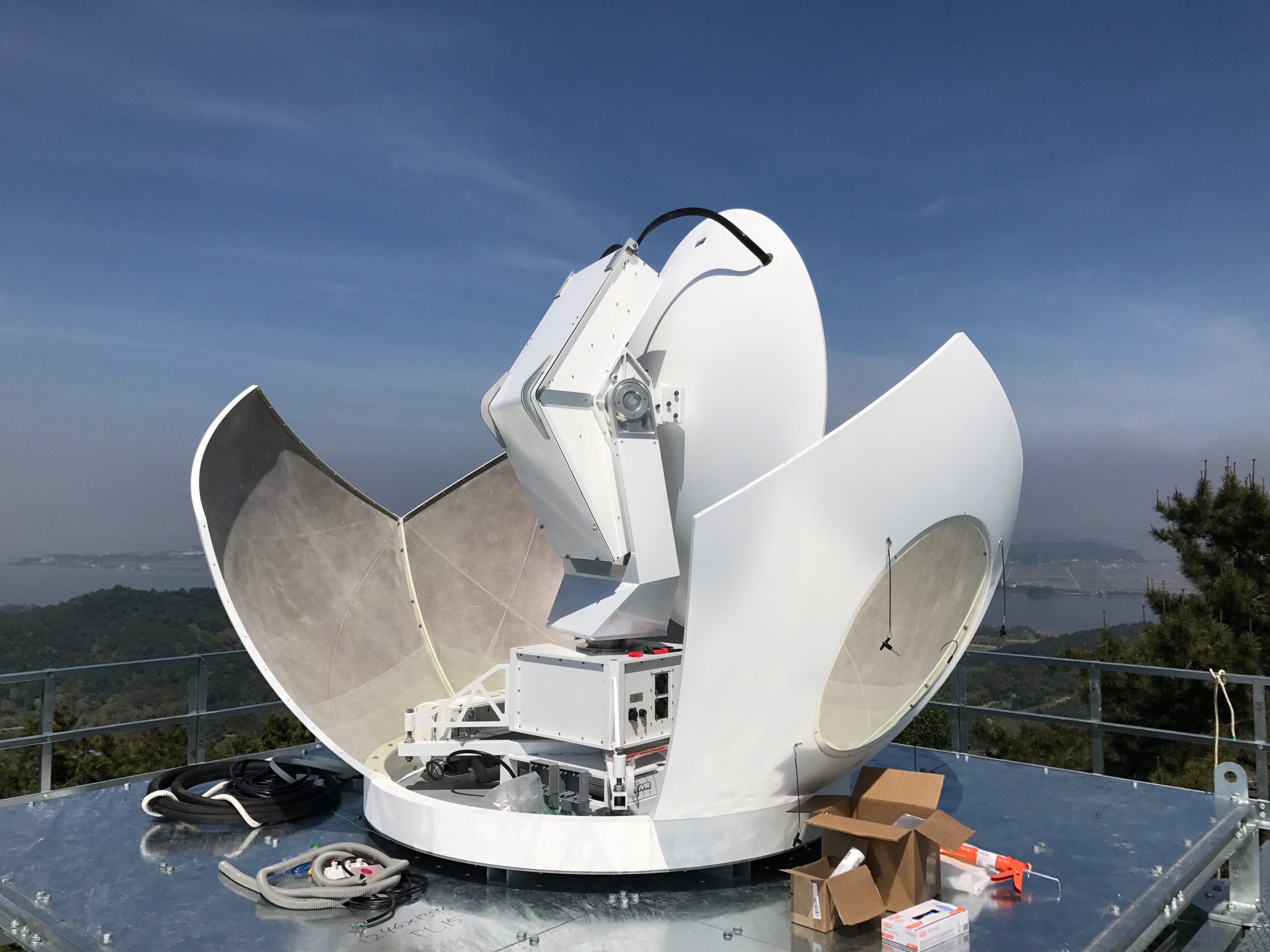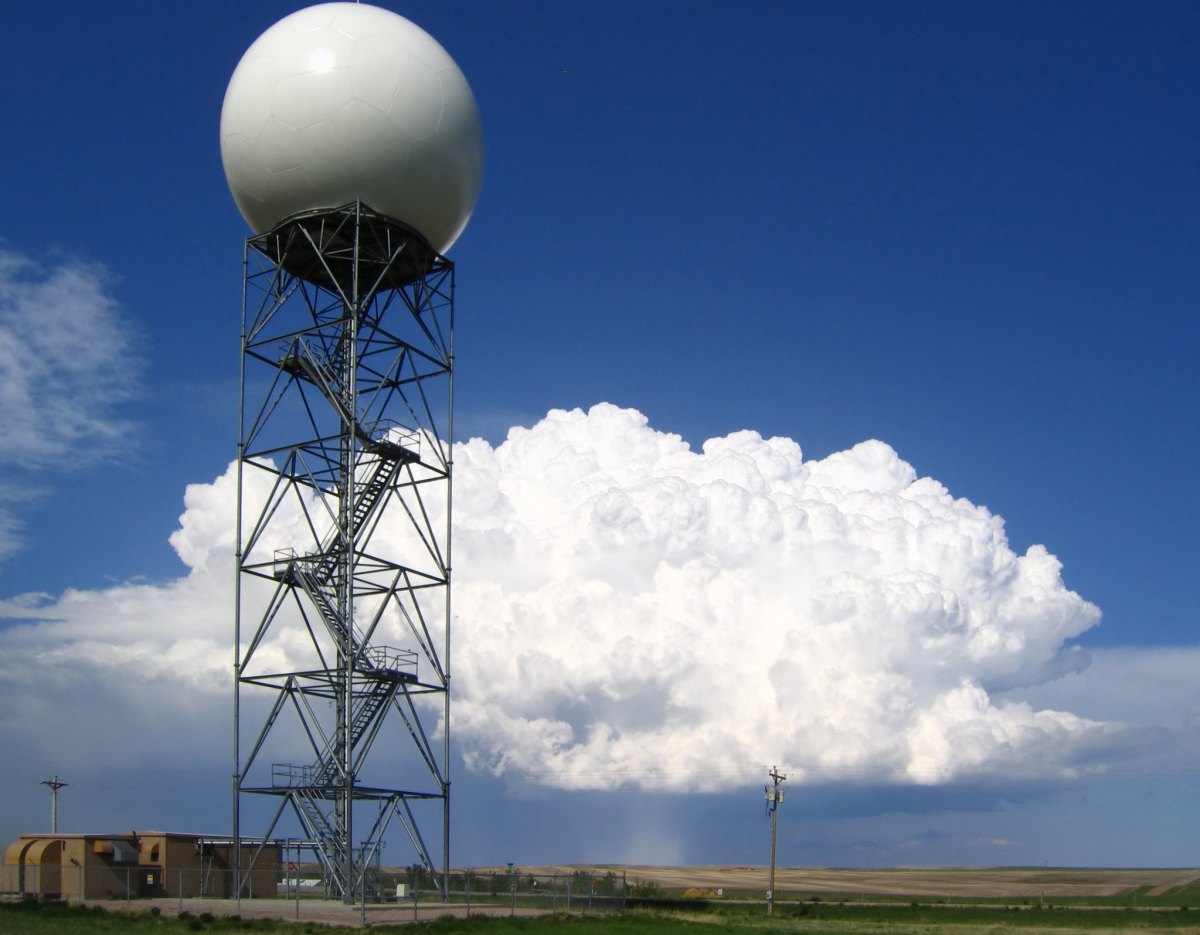Weather Radar Technology

Weather radar, a remote sensing technology, detects precipitation particles suspended in the atmosphere. It operates by emitting electromagnetic radiation in the microwave band and analyzing the reflected signals to determine the presence, intensity, and movement of precipitation.
The strength of the radar signal reflected back to the receiver is proportional to the size and number of precipitation particles. By analyzing the time delay between the transmitted and received signals, the radar can determine the distance to the precipitation. Doppler shift, the change in frequency of the reflected signal, provides information about the velocity of the precipitation particles.
Applications of Weather Radar

Weather radar is a valuable tool for meteorologists, aviation professionals, and hydrologists. It provides real-time data on precipitation intensity, movement, and type, enabling accurate weather forecasting and timely warnings.
Meteorology
In meteorology, weather radar is used to:
- Track and predict the movement of storms, including hurricanes, tornadoes, and thunderstorms.
- Identify and measure precipitation intensity and type (rain, snow, hail).
- Monitor the development and dissipation of fog and clouds.
- Provide early warnings for severe weather events, such as flash floods and hailstorms.
Aviation
In aviation, weather radar is used to:
- Detect and avoid hazardous weather conditions, such as thunderstorms, turbulence, and icing.
- Plan flight routes to optimize safety and efficiency.
- Provide real-time updates on weather conditions to pilots in flight.
- Monitor weather patterns to anticipate potential delays or cancellations.
Hydrology, Weather radar
In hydrology, weather radar is used to:
- Monitor rainfall patterns and estimate rainfall totals over large areas.
- Predict and forecast flooding events, including flash floods and riverine flooding.
- Monitor snowpack and snowmelt, which is crucial for water resource management.
- Provide data for hydrological modeling and water resource planning.
The skies above us hold a tapestry of unseen forces, from gentle breezes to swirling storms. To navigate this celestial symphony, meteorologists rely on weather radar, a technological marvel that unveils the secrets of our atmosphere. Through a symphony of radio waves, weather radar paints a vibrant canvas, illuminating the paths of raindrops and the dance of clouds, allowing us to predict the weather’s whims with increasing precision.
In the realm of meteorological surveillance, weather radar reigns supreme. Its penetrating gaze unveils the secrets of precipitation, revealing the hidden dance of raindrops and snowflakes. Yet, when the fury of tropical cyclones threatens, we turn to specialized tools like the beryl path tracker.
This oracle guides us through the treacherous storms, charting their relentless march across the oceans. As the cyclone subsides, weather radar resumes its vigilant watch, monitoring the fading remnants and ensuring the safe return of tranquility.